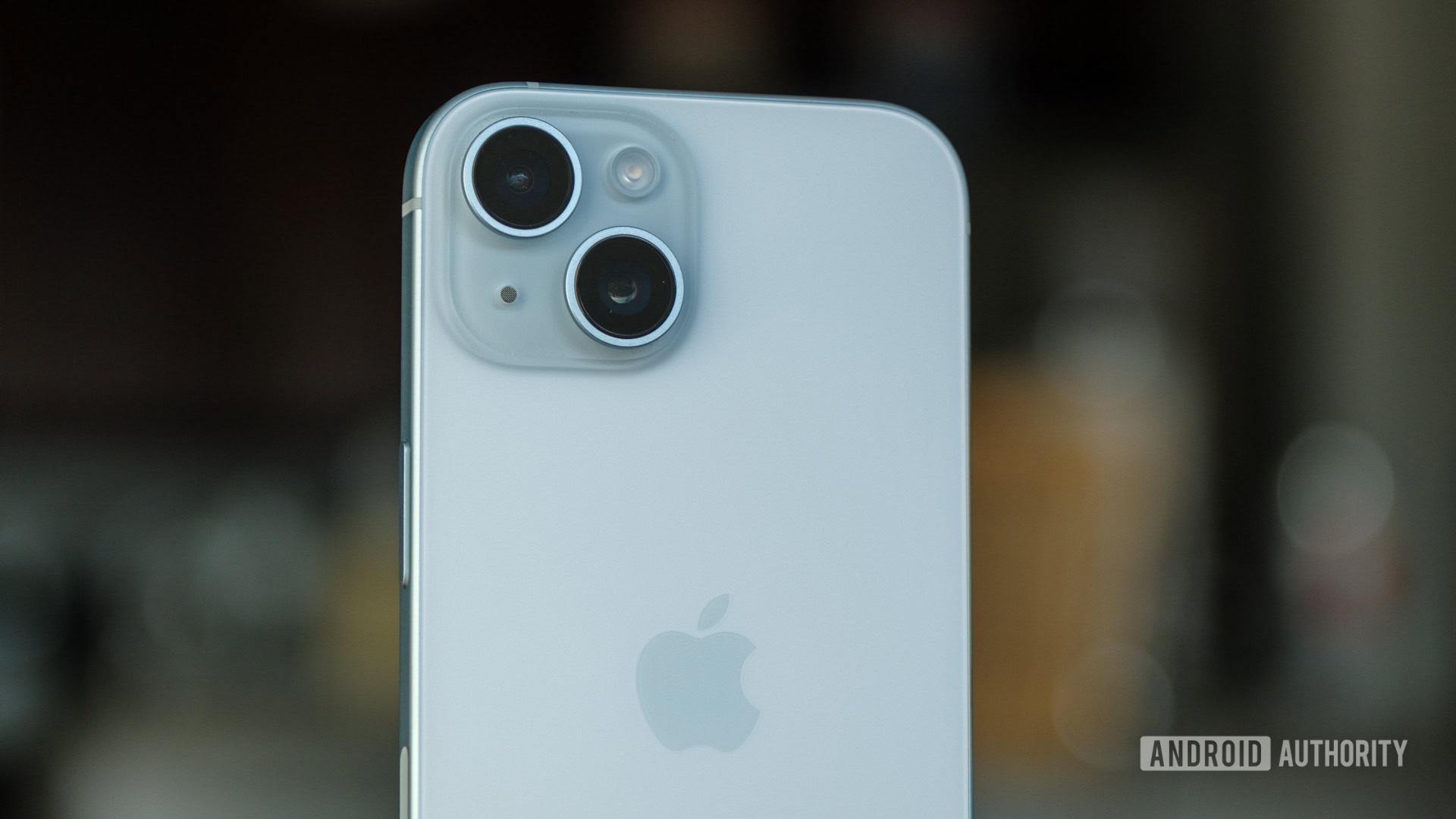Affiliate links on Android Authority may earn us a commission. Learn more.
iPhone flashlight not working? Here's how you can try to fix it
Don't panic — you might not have to spring for repairs.
While an iPhone can’t fully replace a dedicated flashlight — you wouldn’t want to depend on one during a wilderness hike, for instance — their built-in flashes are certainly good enough for finding the bathroom at 2AM, or investigating problems deep inside your computer. If your iPhone’s flashlight has stopped working, here’s what you can do to get it shining again.
How to fix an iPhone flashlight not working

Ryan Haines / Android Authority
iPhone 15
Yes, it is possible that there’s a physical defect with your iPhone, but it’s important to rule out simpler software or hardware issues first. For that reason we’ve organized these troubleshooting steps into a diagnostic structure, saving the most complicated and/or time-consuming options for last.
- Toggle the flashlight off and on again. You’ve probably already tried this, but it’s worth pointing out in case you haven’t. Temporary glitches do occur.
- Disable Low Power Mode if it’s active. While Low Power Mode can be a lifesaver if your iPhone is low on battery, and normally doesn’t interfere with turning your flashlight on, some sources claim it can. To disable Low Power Mode, open Control Center, then tap on the yellow battery icon if it’s present. An all-white icon means the mode isn’t active. If you know the mode is on but you don’t see an icon in Control Center, navigate to Settings > Battery and flip the Low Power Mode toggle.
- Check for excess heat. When your iPhone is pushing its maximum operating temperature, your flashlight might be briefly disabled as a preventative measure. You should see an onscreen warning if this threshold is hit. When that happens, you won’t have much choice but to stop using your iPhone for a few minutes. You can accelerate the recovery process with fans, or even sticking your iPhone in the fridge for a minute or two (avoid the freezer).
- Exit the Camera app if it’s open. Since you’re not meant to use an iPhone’s flash for photography and general lighting at the same time, you may need to exit the Camera app if it’s onscreen. To be sure there’s no conflict, you should probably force-quit the app as well.
- Force flash on via the Camera app. There’s no guarantee this will work, but if there is a software bug, your flashlight might come to life if you can trigger it via the Camera app. Within the app, switch to Video mode, then toggle the flash icon in the upper-left. You may have to start recording and/or be in dark conditions for your light to turn on. An alternative is switching to Photo mode, hitting the flash icon, and shooting a photo or two. Your flash won’t stay on this way, naturally, but it might “wake up” the component and allow normal flashlight functions.
- Try asking Siri to turn on the flashlight. Should it make a difference if you’re turning on your flashlight via Siri instead of Control Center or your lockscreen? No. But at this stage we’re running out of options, and there’s a tiny chance a glitch is preventing normal touch commands from working. Just say “Siri, turn on the flashlight.” You can turn things off the same way if touch icons are still failing to respond.
- Check for iOS updates. Apple’s loathe to admit it, but bugs with core iPhone features do crop up occasionally. To update your iPhone, go to Settings > General > Software Update. Assuming there’s a new version available, be sure your iPhone is backed up, well-charged, and connected to Wi-Fi before you begin. Set aside at least 15 to 30 minutes. It can take a while for iOS updates to download, and once the actual installation starts, your iPhone will be out of commission until it completes. You might want to toggle on Automatic Updates to save future grief. When the feature is enabled, your iPhone will update itself whenever it’s locked, charging, and connected to Wi-Fi — usually meaning overnight.
- Contact Apple Support. If you’ve tried everything else on this list, there’s probably little choice but to talk to Apple Support. They may not be able to offer any advice that we haven’t, but they can at least help book an appointment at an Apple Store or an authorized third-party service shop. If your lucky, the repair will be covered by your AppleCare or AppleCare Plus warranty.
You might like